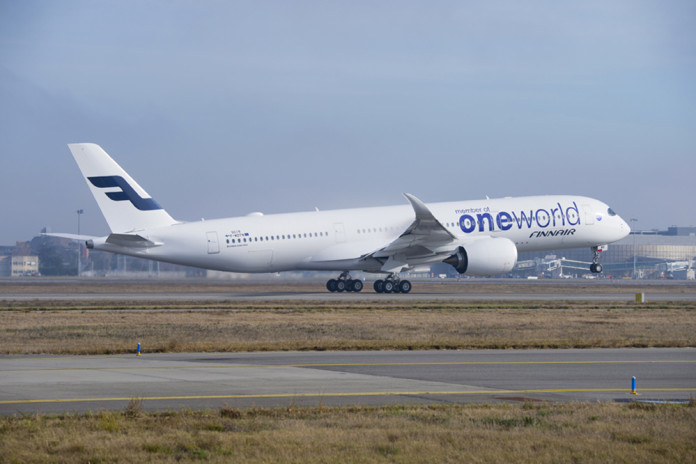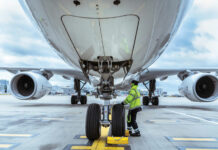

Finnair Cargo’s new 80 million euro ($87 million) Cool Nordic Cargo terminal at Helsinki Airport, set to open in spring 2017 will be the one of the most environmentally-friendly facilities of its kind.
Sustainability is key in the construction and operations and its aiming to gain the BREEAM environmental building certificate for the project, according to Finnair Cargo’s manager of marketing and sustainability, Milla Nyholm.
She tells Air Cargo Week: “Construction is done by following sustainable construction principles, including environmentally-friendly methods used in the planning and the implementation of the terminal, for recycled materials, waste management, energy saving design where available and utilisation of existing materials from the current terminal.”
The 31,000 square metre terminal will be divided into three temperature zones with separate areas for pharmaceuticals and perishables of 3,000 and 3,500 square metres, respectively.
Nyholm says exact comparisons construction will have on the impact of its cargo operations in relation to its current terminal is not possible, due to it serving higher volumes, but it is striving for more efficiency.
Fleet renewal plays a big part for Finnair in reducing its carbon emissions and since 1999, it has reduced emissions by one quarter. It is targeting a further 20 per cent fall by 2017, in pursuit of carbon-neutral growth by 2020.
Nyholm explains: “The most significant step towards this goal is the introduction of the new Airbus A350 aircraft, which brings a significant increase in cargo capacity and substantially raises the bar for both environmental performance and operational efficiency, thanks to its superb payload/range capability and usage of lighter materials across the aircraft.”
Finnair is operating the A350 to Shanghai (China) and will soon use it on services to Bangkok, Beijing, Hong Kong and Singapore. It has 19 A350 aircraft on order and plans to phase out its Airbus A340 by the first half of 2017.
Generally, Nyholm feels more can be done in the industry to reduce emissions: “Environment-related industry endeavours have traditionally focused on environmental reporting, but more cooperation between different stakeholders in the whole supply chain could boost development in concrete actions to reduce environmental impact of freight transport.”
She says carrier’s can reduce emissions by using lighter materials for shipping (pallets or containers) and adopt e-freight to cut paper used to handle and move shipments.
Nyholm says there are challenges affecting environmental development such as high costs, and feels closer cooperation with relevant stakeholders would need to be enhanced to find new sustainable solutions, such as making the the use of biofuels financially sustainable.
Staff are also a priority, Nyholm adds: “For employees we plan access to the terminal as well as facilities to promote environmentally friendlier and healthy alternatives for commuting between home and work.”













